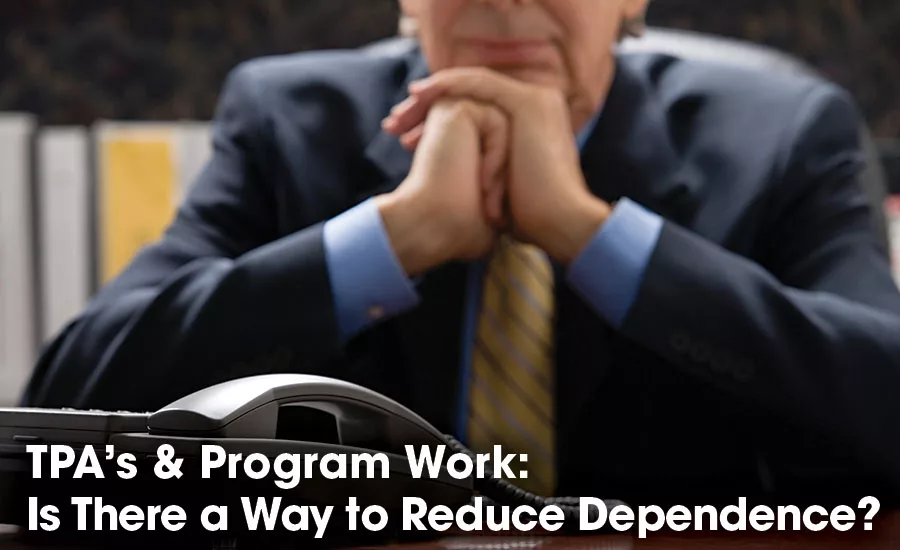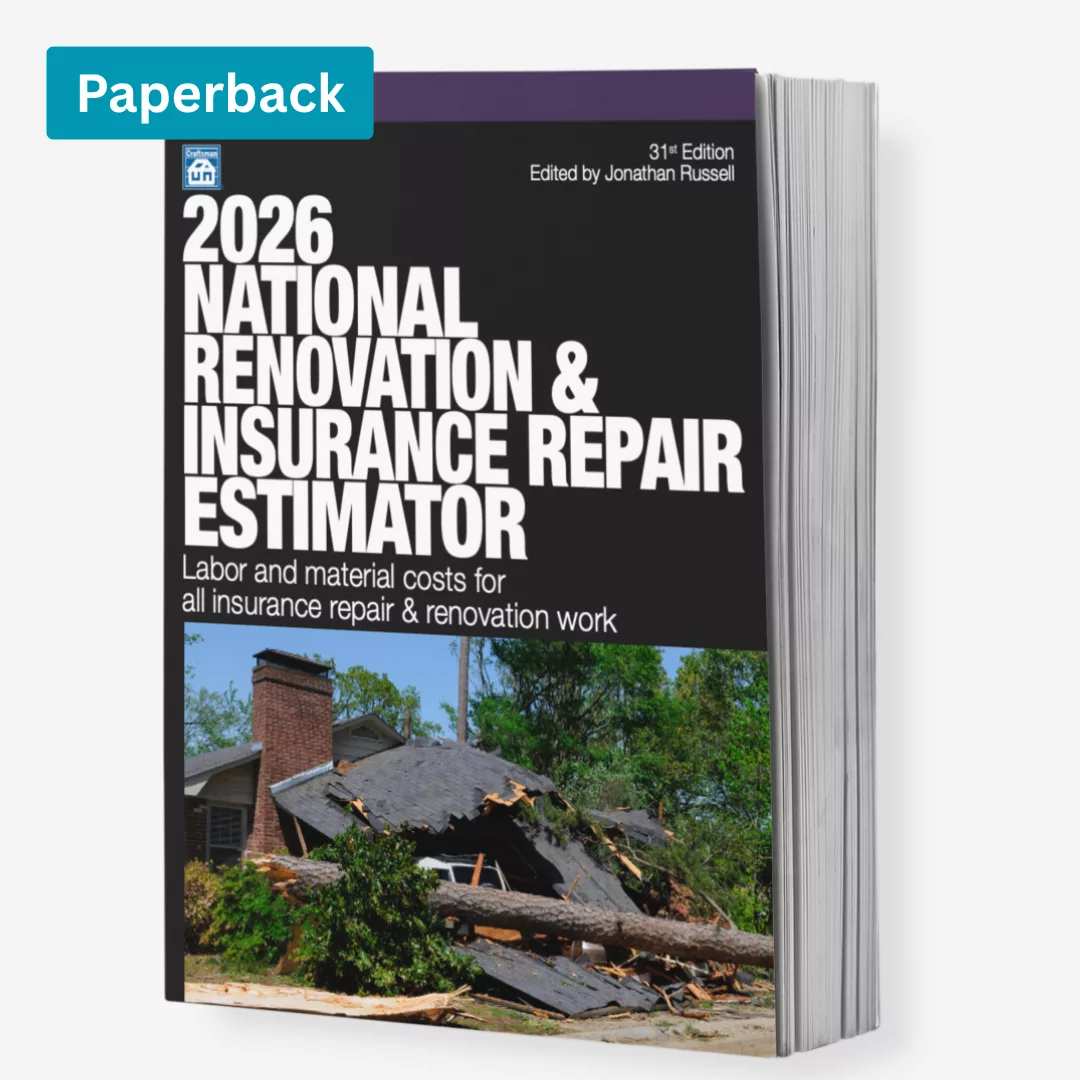Restorer's Perspective: Reducing Dependency on TPAs & Program Work

Editor’s Note:
The Restorer’s Perspective column runs throughout the year, featuring opinions and viewpoints that run the gamut of topics related to restoration. The topic of Third Party Administrator/TPA work is undoubtedly a hot one in the industry today, and R&R has published several articles online and in print speaking to the pros and cons. Today, there are a number of contractors very heavily reliant on TPAs for work – some with more than 50% of their workload coming from these programs. This edition of the Restorer’s Perspective column offers some alternatives to finding insurance work.
Before I answer the question posed in the title, I want to challenge you to consider why you need an alternative. Third Party Administrators (TPAs) are not your friends. Friends don’t let friends “go broke tired.”
Reality Check #1: You Are Not a Hostage
TPAs are not going away anytime soon. They’re part of today’s reality. And there are a lot of positive points to them I’m not covering. But that doesn’t mean you can’t break free from their grip. I believe in time you can do so for life!
According to Lawrence L. Steinmentz, Ph.D. in his book, “How To Sell at Margins Higher Than Your Competitors,” a 10% discount in price can mean a 20% drop in your gross margin. If you think you’re going to make it up in volume, let me ask you a question: how much volume is that actually? When you do the math, according to Dr. Steinmentz, it can mean almost 2x as much work for the same bottom-line! Cutting your price is just the beginning. There are lead fees, line item restrictions, and additional administrative burden. How much are you really losing? A top 10 property and casualty company reduced their cost by 30% through TPA vendor programs. Where do you think that cost reduction came from, and who do you think is really paying for it?
If you’re an honest, ethical restorer, then YOU are paying for it. And not just you; your employees and their families are also paying because when a third of your margin is gone, you can’t provide benefits, such as health care.
A common practice with TPAs is a 10% equipment discount – and that’s just for starters! When you cut your price, what do you think actually happens to your bottom-line?
Reality Check #2: You Need To Get Your Own Insurance Work
When you add up all your sales from TPAs and that number is more than 30% of your total gross sales, you are at risk of being held hostage by TPAs. Only you can change that.
Don’t be discouraged by the length of time it will take to change, because the time will pass anyway.
Benefits To Getting Your Own Work
- Increased profit margin
- Reduced headaches
- Reduced administrative fatigue
- Increased energy
- Increased time
Reality Check #3: You Need A Plan
I’m not suggesting you just stop working with TPAs. I am saying there are alternatives. You can get your own insurance work, and reduce your dependency on programs.
Step 1: Begin by admitting this is a problem that needs to be solved. Set small, reasonable goals, such as: “Increase non-TPA work by 10% in the next 12 months.”
Step 2: Capitalize on your active jobs. Each restoration job that has a local insurance agent has the potential to average 20 losses a year. If you get just five of those jobs from one agent, that’s $15,000 to $20,000 depending on your average sale.

What if instead of one agent sending you five jobs, you had 10, 20, or 40 agents? Won’t that get you started on the journey of lightening the TPA load? Sixty percent of all local insurance agents use their influence to help their customer connect with quality restoration contractors. And that is in spite of their claim department mandate to not get involved with claims.
So why do some agents go against the mandate? The principal agent knows what’s good for the claim department isn’t always good for their customer or their agency. Cost reductions eventually affect the customer via low-quality, inefficient and slow work. And that comes back on the agent in lost policyholders, bad Google Reviews, and lost prospective customers.
Step 3: What I’m about to share with you isn’t rocket science or drying psychometrics. In fact, this is so simple virtually all restorers ignore it.
It’s really all about asking your local agents the right question, such as; “Is there any message I can give [customer name] on your behalf?” Do you really think anyone is asking the agent a question like that? Zip, zero, nada, none.
Talk about differentiating yourself, and causing the agent to say, “Wow, great question, let me think… tell my customer I’m sorry for their loss and to call me if they need anything.” We don’t have time in this article to go into the psychology of why this question works, but it does!
Ask the Agent Another “Right” Question
It’s always a good idea to have two great questions that set you apart and make you memorable. After the agent answers the first question, ask this one, “Is there anything else I can do for you with your customer during this job?”
I know that sounds simple, too simple, and not flashy enough, but trust me it works because it’s not any of those things! Both questions are down to earth, honest, trustworthy, and add value to the agent.
When an agent is abrupt, cold, or not engaged, make sure you are engaging with the right agents; the ones who truly have their customers’ best interests in mind. There is a high probability this is the “wrong” agent. So don’t invest your time with them! Find the “right” agents.
Bottom Line
Insurance agents are influencers. Using your active jobs to ask the right questions will differentiate you from everyone else. And that agent is going to remember you, and want more of you. And that is the first step toward getting your own insurance work, and reducing your dependency on TPAs.
Looking for a reprint of this article?
From high-res PDFs to custom plaques, order your copy today!






